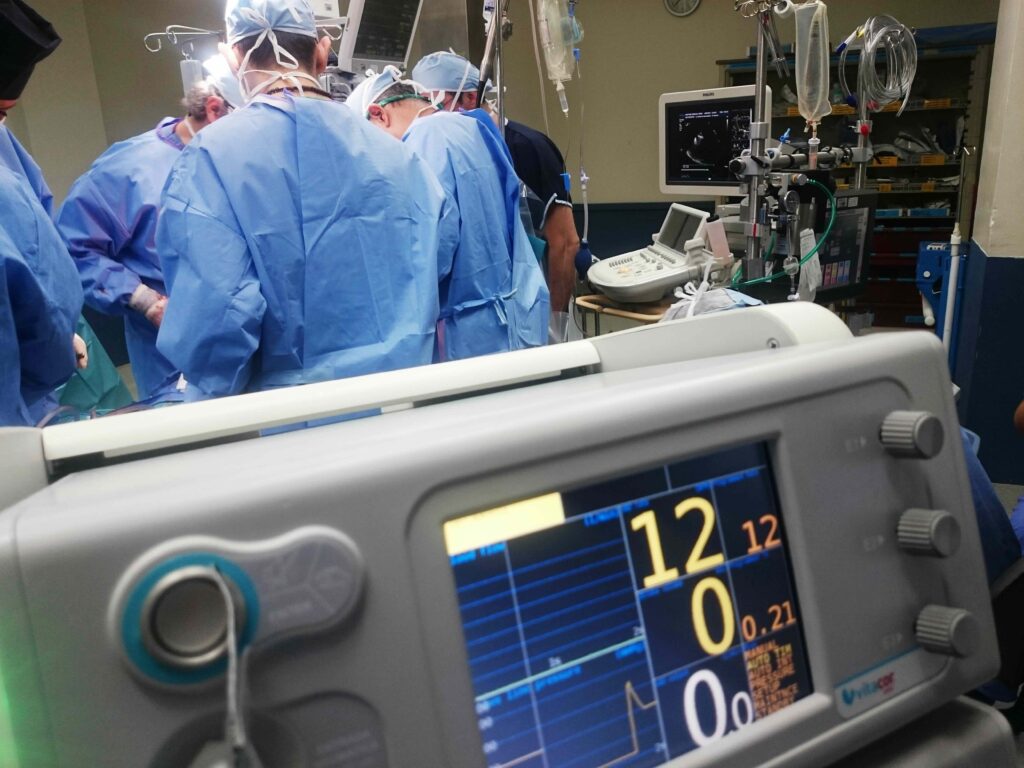Creating a unified culture of quality and transparency between life sciences companies and their localization service providers (LSPs) is not just beneficial. It’s imperative. The stakes in the life sciences industry are exceptionally high. The wellbeing of patients and the integrity of global health initiatives are on the line. Newer regulations applicable to medical devices, pharmaceuticals, and clinical trials bring with them increased volume and decreased localization turnaround times.
Achieving a seamless partnership that emphasizes quality and transparency can significantly impact the success of bringing life sciences products to global markets. This blog post explores the importance of establishing such a culture. We offer strategies for both life sciences companies and LSPs to foster this critical collaboration.
Understanding the Need for Quality and Transparency
In the fast-paced and highly regulated environment of the life sciences sector, the localization of product information, regulatory documents, and marketing materials requires both linguistic precision and an in-depth understanding of industry-specific regulations and standards. Errors or misunderstandings can lead to delays in product launches, legal penalties, or, at worst, harm to patients.
Most life sciences organizations have instilled a culture of quality and focus on continuous improvement within their own organizations. LSP’s are critical to product quality. They bring a high risk of quality issues due to the human nature of the localization process. Establishing a common culture with LSP’s that prioritizes quality, transparency, and close collaboration is essential for mitigating risks and ensuring compliance across all markets.
Building a Foundation of Trust
The cornerstone of any successful partnership is trust, which is particularly true for life sciences companies and their LSP’s. Trust is built over time, through consistent communication, reliability, and evidence of quality work. Both parties must commit to openness about their capabilities, limitations, and expectations. This includes clear discussion about the scope of work, timelines, budget, and any potential risks and challenges that may arise. Fostering an environment of trust enables life sciences companies and LSPs to collaborate more effectively, improving outcomes.
Establishing Quality Standards
Quality in localization goes beyond accurate translations. It encompasses the usability of the final product, cultural appropriateness, readability, and compliance with local regulations. Ensuring that the LSP’s processes are aligned with a life sciences company’s approach is fairly easy. During the qualification process, LSP’s are screened for their certification to ISO 13485. I would argue that this step alone isn’t enough.
In order to create a common culture of quality, life sciences companies and their LSP’s should jointly:
- Define Quality Metrics: Both parties should agree on what quality means at a program level and how to measure it. Additionally, include specific metrics for evaluating the success of localization efforts, beyond just quality. I’ve frequently seen use of a generic set of metrics that do not actually measure success of the program. Review your business and localization program objectives. Then, re-think how to measure success against these specific objectives.
- Align CAPA and Continuous Improvement Approaches: Define common standards and expectations for the CAPA processes. As a customer, review the CAPA results from your LSP’s, as well as the CAPA trends. If possible, assign a QA resource to be a contact for your LSP’s QA team. Coach the LSP’s QA team to align with your organization’s investigation philosophy best practices.
We’ll delve into these topics in more detail in subsequent posts.
Emphasizing Transparency
Transparency is pivotal for managing expectations and ensuring accountability. It involves open communication about the localization process, such as:
- Project risks: Risks will arise on most localization projects. These are often minor and easily mitigated by your LSP. More critical risks require cutting critical to quality process steps in order to meet the deadline. Establish an environment where LSP’s engage with work givers to share risks and mitigation plans. Jointly brainstorm around cost, time, quality trade-offs. As a customer, don’t assume that, because you don’t hear any feedback, that there are no risks.
- Project management: Transparency about status, challenges encountered, and changes in scope or timeline is critical. Agree on standards for such updates and commit the appropriate time on all sides to ensure necessary communication happens. Integrate tools to automate as much of this transparency as possible.
- CAPA’s: Negative findings, whether they result in CAPA’s or not, do not only require effective investigations and root cause analysis, They also require transparency within each respective organization and across organizations. The push for quick answers in what often is a pressure-cooker situation can easily lead to superficial investigation results. Project managers are busy with correcting and re-shipping projects,. Yet, they often hold the key to uncovering the actual root causes.
- Performance management: Approach business review meetings with a continuous improvement mindset. Use open feedback discussions and quality metrics data to refine and enhance content creation and localization processes.
- Technologies used: Have open discussions about how MT and AI are used or could be used in localization workflows. This is often still a taboo topic for life sciences. Assessing, planning and incorporating these technologies effectively is the right choice in many cases.
Leveraging Technology for Better Collaboration
Technology plays a crucial role in fostering quality and transparency. Integration of content management and translation management systems, along with other downstream technologies, enhances collaboration. This results in real-time access to project status, facilitates communication, and secure storage of project documentation and history.
Training and Development
Investing in the ongoing training and development of the team involved in the localization process is crucial. For LSPs, this means not only language and translation skills but also specialized training in life sciences topics and regulatory requirements. For life sciences companies, understanding the complexities of localization can lead to more informed decision-making and better management of localization projects.

The partnership between life sciences companies and LSPs is a critical one,. They share a goal of successfully bringing health-related products to global markets. Establishing a common culture of quality and transparency is essential to navigate the complexities of localization in this highly regulated industry. The journey towards establishing a culture of quality and transparency is ongoing. It requires dedication, mutual respect, and a shared commitment to excellence. By prioritizing these values, life sciences companies and LSPs can forge partnerships that not only meet the current demands of global healthcare but also pave the way for future innovations and advancements.
I’m happy to hear your feedback or suggestions on other ideas for establishing a common culture of quality. I’ll be delving deeper into most of these topics in our subsequent posts. #localizationinstitute #lifescienceslocalization #lifesciences #PeakGlobalSolutions #RegulatoryAffairs #MedicalDevice #ClinicalTrials

Sonia brings 30+ years of leadership experience in the localization industry. Having worked with a diverse range of clients and industries, Sonia brings a wealth of knowledge and a proven track record of success in delivering exceptional localization solutions.
